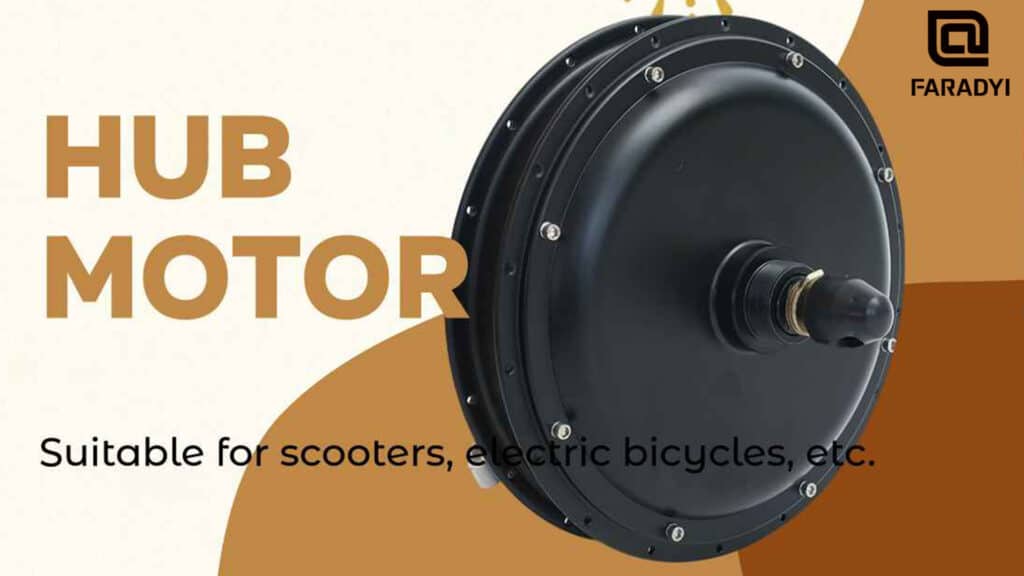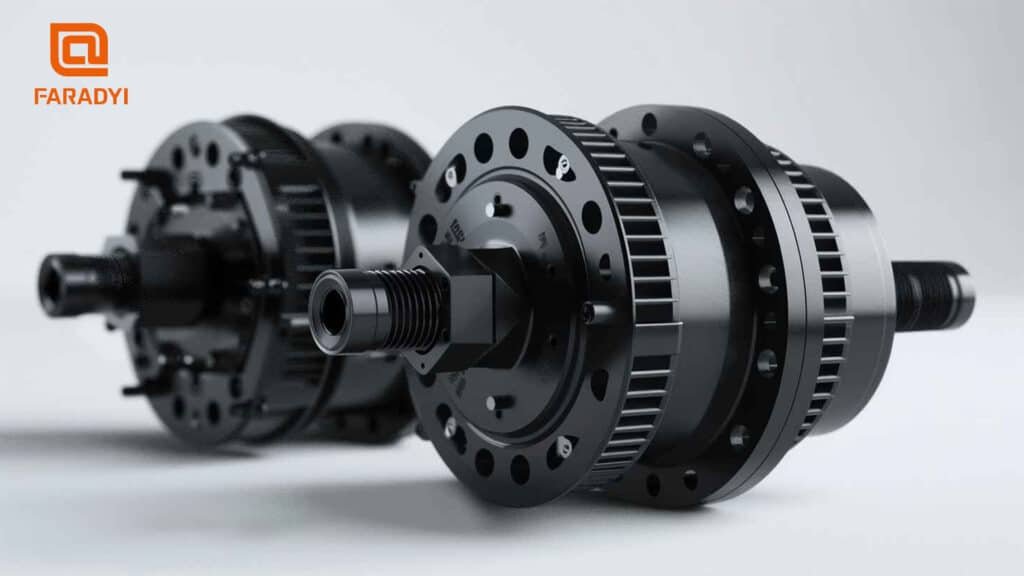In the process of using a brushless motor, we may encounter abnormalities such as high temperature or smoke. When such problems occur, we can check the motor from the following points. Let’s discuss them together today.
Solutions to high temperature or smoke problems in brushless motors:
- 1. The power supply voltage is too high, causing the core magnetic flux density to oversaturate and causing the brushless motor temperature to rise too high: If the power supply voltage exceeds the standard by a large amount, you should contact the power supply department for resolution.
- 2. The power supply voltage is too low, and the temperature rise of the brushless motor is too high under rated load: If it is caused by an excessive voltage drop on the power line, you can replace it with a thicker power line; if the power supply voltage is too low, you can contact the power supply department. , increase the power supply voltage.
- 3. When burning the wire, the iron core is burned, which increases the iron loss: do core inspection and testing, repair the iron core, and troubleshoot.
- 4. The stator and rotor cores rub against each other: Check the cause of the fault. If the bearing clearance exceeds the limit, replace the bearing with a new one. If the rotating shaft is bent, investigate and deal with it. If the core is loose or deformed, the core should be dealt with to eliminate the fault.
- 5. The winding surface is covered with dirt or foreign matter, which affects the heat dissipation of the brushless motor: clean or clean the brushless motor, and make the ventilation ditch of the brushless motor smooth.
- 6. The brushless motor is overloaded or the drag production mechanical resistance is too large, causing the brushless motor to heat up: troubleshoot the drag mechanical failure, reduce the resistance, and follow the current instructions. If the rated current is exceeded, the load needs to be reduced and a larger capacity brushless motor must be replaced. The motor may need to be increased in capacity.
- 7. The brushless motor starts frequently or rotates too many times: reduce the starting and number of forward and reverse rotations of the brushless motor or replace it with a suitable brushless motor.
- 8. The cage rotor has broken bars or the wire-wound rotor winding connections are loose. The brushless motor’s rotor heats up under rated load, causing the temperature of the brushless motor to rise too high: identify the broken bars and loose spots, and re-weld or tighten them. Fixing screws.
- 9. Short circuit between winding turns, short circuit between phases and grounding of the winding: Check and confirm, troubleshoot or replace the brushless motor.
- 10. The inlet air temperature is too high: Check whether the cooling system device is faulty and check whether the ambient temperature is normal.
- 11. Brushless motor runs in two phases: check the melting wire, switch contact points, and troubleshoot.
- 12. Poor impregnation of the winding after rewinding: A secondary impregnation process should be adopted and vacuum impregnation measures should be adopted.
- 13. The ambient temperature increases or the ventilation duct of the brushless motor is blocked: Improve the ambient temperature, take cooling measures, isolate high-temperature heat sources near the brushless DC motor, and prevent the brushless motor from being exposed to sunlight.
- 14. Wrong winding wiring: Y-connected brushless motors are mistakenly connected to △ connection, or △-connected brushless motors are mistakenly connected to Y connection. Correct the wiring.






